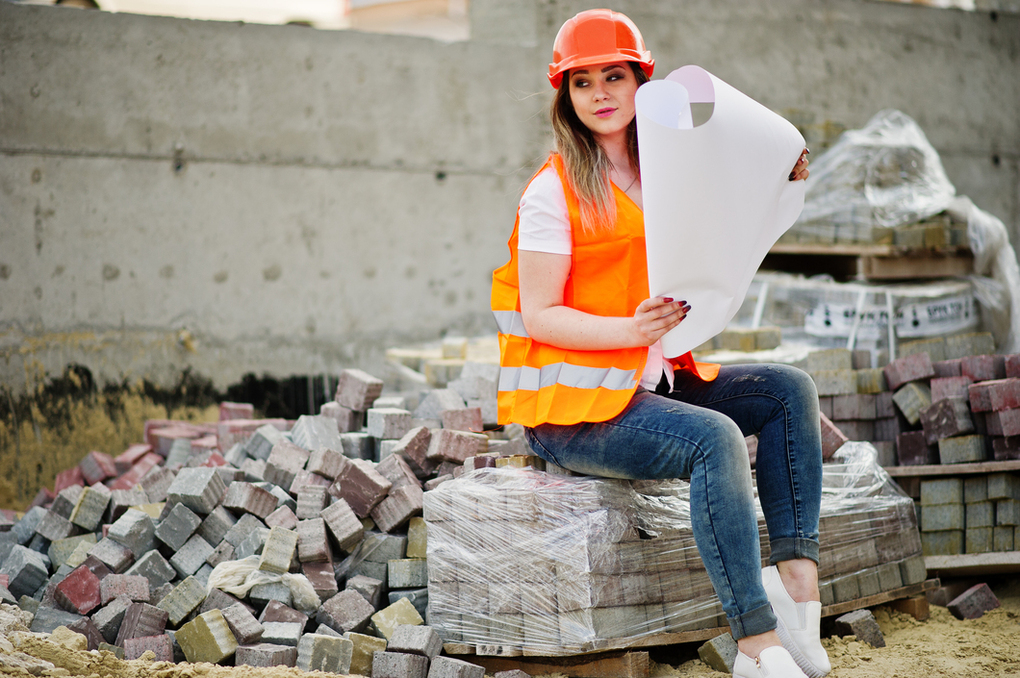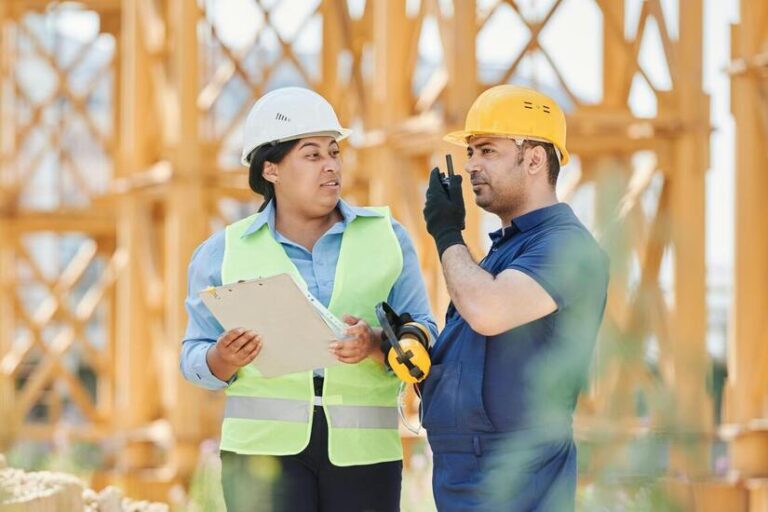Construction sites are busy places, cranes lift beams, workers shape steel, and plans become buildings.
Women make up less than 11% of this workforce in the US, a small number with a big impact. For years construction was men’s work, defined by physical strength and long hours. That’s changing.
Women are entering the field, bringing skills and ideas that make it stronger. Their presence matters, not just for fairness but for the industry’s future.
This article follows their journey, from past struggles to the present day, and why they’re crucial to construction’s growth.
How Women Got Into Construction
Women’s history in construction goes back decades. During World War II they took on the jobs men left behind, building ships and structures with confidence.
There were figures like “Rosie the Riveter” to prove it. After the war society expected them to step back and construction went back to being male dominated.
Change was slow. In the 60s and 70s new laws and changing attitudes opened up opportunities. Women enrolled in trade schools and picked up tools, starting with small but steady progress. Those early efforts laid the foundation for today’s gains. Their story shows change takes time and persistence.
Today’s Roles: Where Women Work in Construction
Women are now 10.9% of the US Construction workforce and do more than just manual labor. Some operate machinery like excavators, others design buildings as architects or manage teams as supervisors. Leadership roles are opening up too, women run companies or oversee big builds.
Emily Roebling who finished the Brooklyn Bridge in the 1880s set an early example. Modern leaders like Deryl McKissack head of a firm that handles big public projects carry that legacy forward.
In 2024 women were 14% of construction-related engineering positions, up from past years. They’re not just present, they’re shaping how work gets done.
These jobs prove women’s skills match the industry’s needs. The data supports this female led teams finish projects efficiently, meet client goals.
The Challenges: What Women Face on the Job
Progress isn’t easy. Many still think women can’t hack construction’s demands, doubting their strength or knowledge.
Sites aren’t always welcoming, basic facilities like restrooms often favour men, so women have to adapt. Long shifts clash with family responsibilities, a pressure women feel more. Bias shows up too.
A 2023 study found that 47% of women in construction faced unfair treatment, from comments to overlooked promotions. Gear like gloves or helmets designed for men doesn’t always fit, adding small but real hurdles.
Overcoming these takes guts and determination. Every woman who succeeds proves her worth and makes it easier for others.
The culture can feel closed off. Some site teams resist change, and stick to old ways. Training opportunities often skip women, assuming they won’t stick around. But they keep going, proving the doubters wrong with results. Their strength isn’t just physical, it’s in their resolve. That drive keeps the industry moving.
The Impact: Why Women Strengthen Construction

Teams with women perform better, meet deadlines, and please clients. The industry needs new workers as retirements are outpacing new hires. Women can fill that gap.
They take on roles from ground level to management, keeping sites active. Beyond tasks, they focus on builds that help people, like affordable housing. Their work supports jobs and growth, making construction stronger overall.
The numbers back this up. Companies with women in key positions saw profits rise by up to 15% in 2024, according to industry reports. Leaders like Barbara Jackson, an educator and advocate, push for practical changes that last.
Safety improves too, sites with women in charge report fewer incidents. Their influence goes beyond numbers. It’s about building smarter, not just faster. Construction gets stronger when women are involved.
The Future: What’s Next for Women in Construction
The future’s looking good for women in construction. More are going to trade school and enrollment is up 20% since 2020.
Groups like the National Association of Women in Construction (NAWIC) connect them with mentors and jobs. Companies are training and hiring with fairness in mind and seeing the benefits. Governments are funding programs to bring women in to address skills shortages.
By 2030 women could be 15% of the workforce, a steady climb from today. Tools like drones and software are making physical demands less of a barrier, more are coming in. The industry is changing too, new workers value inclusion. Women will lead more, not just follow.
Support is growing. Scholarships and workshops are helping women get started. Companies that prioritize diversity are seeing better results and encouraging others to do the same.
This isn’t a future goal, it’s happening now. Women are building a world where they’re the norm not the exception.
The Bottom Line
Women in construction have moved from wartime fill-ins to essential players. They do the tough jobs, solve problems and keep the industry running.
It hasn’t been easy but the impact is clear. Leaders and policymakers need to back them like, fund training, fix biases and open doors. Women don’t just build structures, they build progress. Their role isn’t optional, it’s critical to construction’s success.





